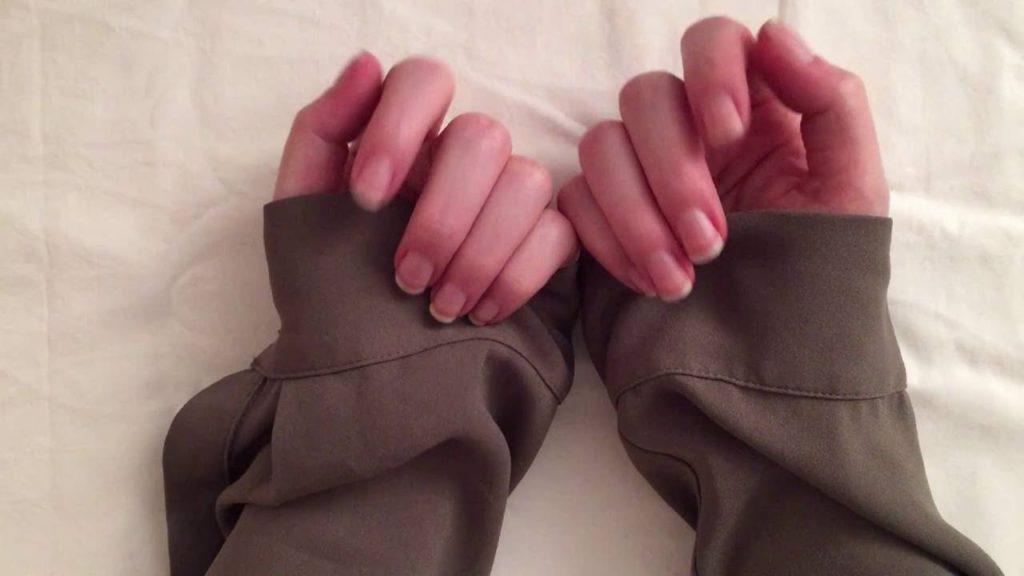Understanding Cutting and Self-Harming Behaviors
Individuals who cut themselves or engage in other self-injurious behaviors often are using this unhealthy coping strategy to deal with emotional pain or confusion that they do not know how to process in any other way.
This type of behavior is associated with several diagnoses including anxiety disorders and personality disorders, and patients often have a history of trauma. It most often is seen with adolescent girls or young women, but also is seen with males.

Individuals who engage in self-injurious behaviors often are using this unhealthy coping strategy to deal with emotional pain or confusion that they do not know how to process in any other way.
The Complex Motivations For Self-Harm
Generally, there are three different categories of motivation for engaging in self injury:
- To feel engaged in the here and now. Many patients describe dissociative episodes, when they don’t feel fully present, when they feel numb, or when they feel detached and unable to exert any influence on what happens to them. These patients describe cutting as soothing and as a way to feel in control and engaged in their lives. These patients usually are not trying to attract attention; they usually cut in secret and on concealed parts of their bodies.
- To communicate psychological anxiety. Other patients rely on cutting or self harm as a way to communicate a need for help or a need to be heard when they do not have the skills to communicate their needs in a healthy way. These patients often tell someone about their actions, and the cutting or self harm may be more visible.
- To seek attention and support. Some patients, often those with borderline personality disorder, may use cutting as a way to seek attention. They often have learned and relied on unhealthy strategies for seeking attention, validation, and support for many years, feeling that they have no other options. Cutting or self harm may be an escalation of those behaviors.
The Risks of Self-Injurious Behaviors
Individuals who engage in cutting or self-harm may not be consciously aware of why they do it. Regardless of their motivations, self-injurious behaviors need to be addressed. Cutting should not automatically be seen as an attempt at suicide; however these behaviors can be habit-forming, and the cumulative effects can be lethal.
We use the term “parasuicidal behaviors” or “instrumental suicide behaviors” to describe actions like cutting that may look like someone is trying to die, when in fact they are not. These self-injurious behaviors are not intended to produce death; rather, they might be used as instruments to have other needs met. The danger is that parasuicidal activities may result in death if an individual accidentally goes too far.
When cutting has been used as a coping strategy for many years, it can be difficult to change that behavior. Medications are not effective. Dialectical Behavior Therapy – or DBT is the best evidence-based therapy.
Treatment for Self-Harm and Cutting at Skyland Trail
At Skyland Trail, our psychiatrists and counselors work with our patients to identify the environmental triggers and emotional states that contribute to self-injurious behaviors, and then we help patients replace cutting with healthy strategies to cope with feelings of detachment or intense distress.
For example, to help a patient feel re-engaged in the moment, our clinicians will employ sensory behavioral activation techniques. They will ask patients to hold an ice cube, walk barefoot on a square of astroturf, or stroke fabrics with soothing textures. These tactile activities give patients sensory stimulation and help patients continue to use their bodies to redirect their minds – without injury.

Tactile activities like holding an ice cube give patients sensory stimulation and help patients continue to use their bodies to redirect their minds – without injury.
Our patients also engage in hands-on activities through our adjunctive therapies, like sculpting with clay with our art therapist or working with plants, stones, and other natural materials in the greenhouse with our horticultural therapist. Music therapy emphasizing rhythmic activities is another helpful activity.
Importantly, through DBT skills education and therapy, clients also learn interpersonal skills to help them communicate their needs, emotion regulation strategies to understand how to recognize the specific emotions they experience, and distress tolerance skills they can employ to pair a measured and effective action with that emotion.
With practice, patients gradually learn to sustain their emotional and physical health through more effective strategies. If you or your loved one are interested in getting professional help, take a virtual tour of Skyland Trail to view our campus and learn more about our programs.
Clients in our adult and teen residential treatment programs also have the opportunity to participate in family therapy. Family therapy helps all the individuals in a family make adjustments so that everyone feels valued, heard, and supported.
What To Do If Someone Is Cutting Themselves
If a family member or friend suspects that someone they love is cutting or self injuring the best thing they can do is to help that individual find effective evidence-based treatment. This is not an issue that can be managed within a family. Without showing judgement or issuing accusations, demonstrate to your loved one that you see that he or she is struggling and that you want to help.
Making sense out of self-injury can be difficult, as it seems counterintuitive. Notwithstanding, such confusing behaviors – when viewed through new lenses with better understanding – can not only make more sense but can be successfully treated with evidence-based therapy. Addressing parasuicidal behaviors directly and respectfully can help individuals live happy, healthy, and meaningful lives.
